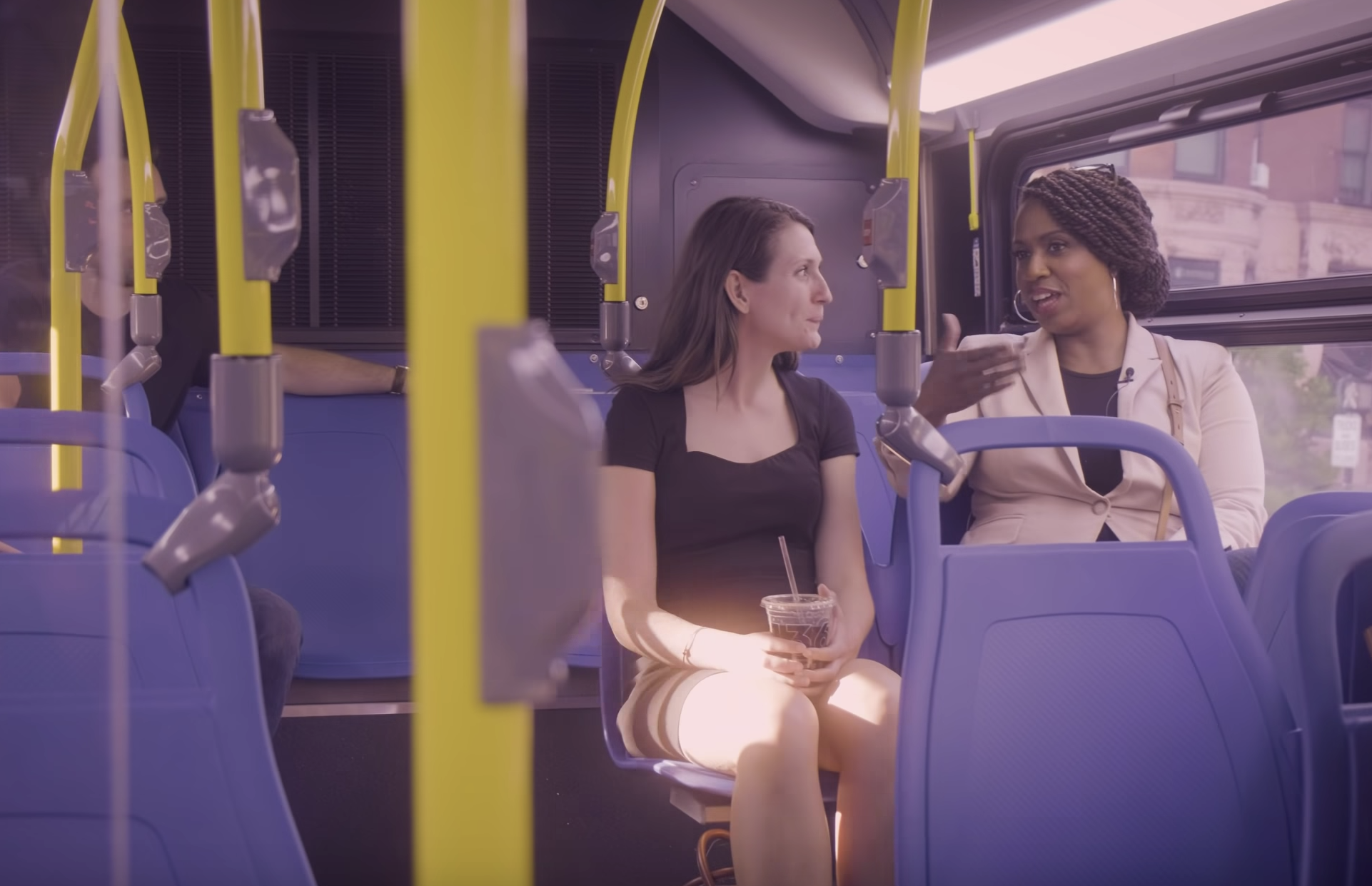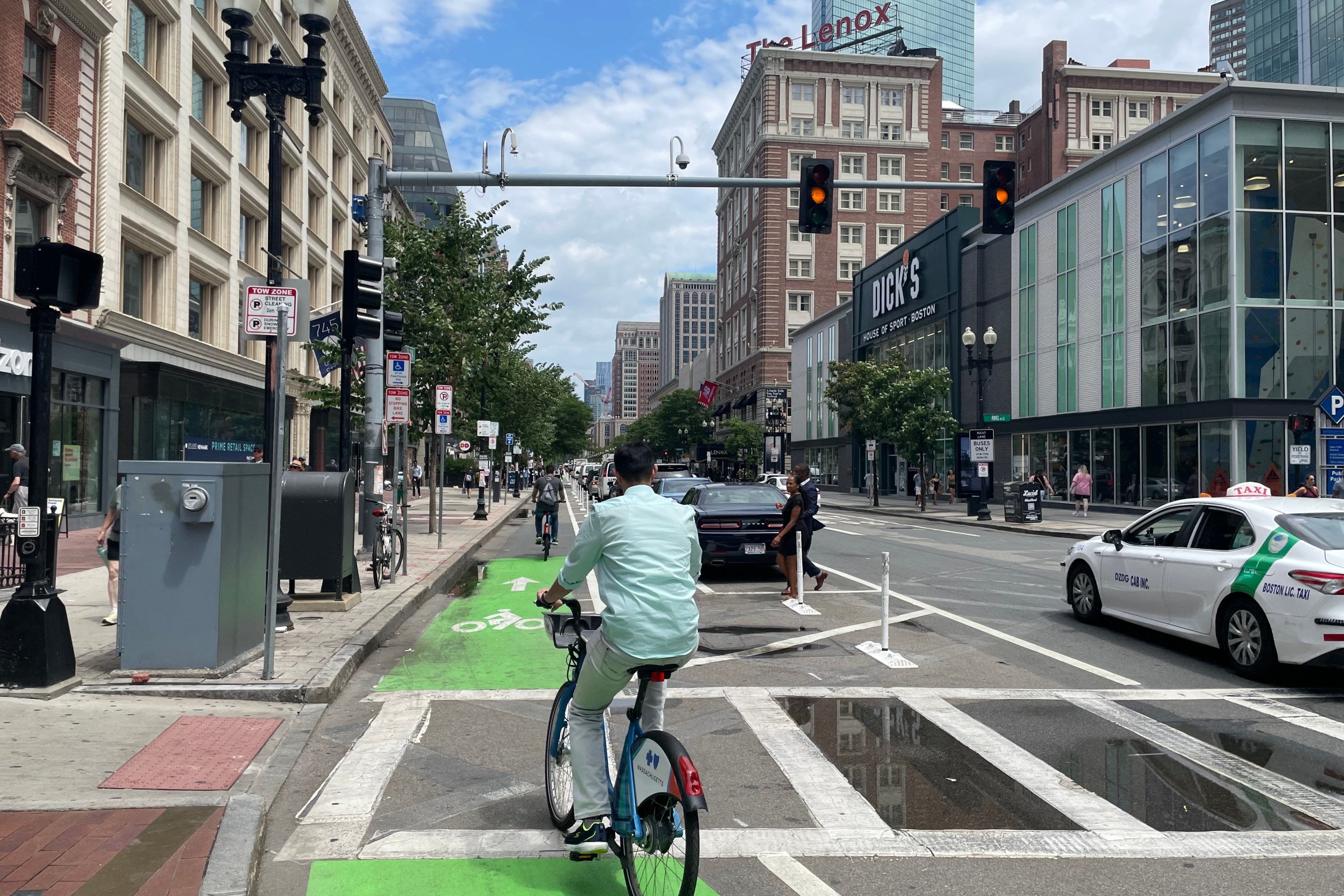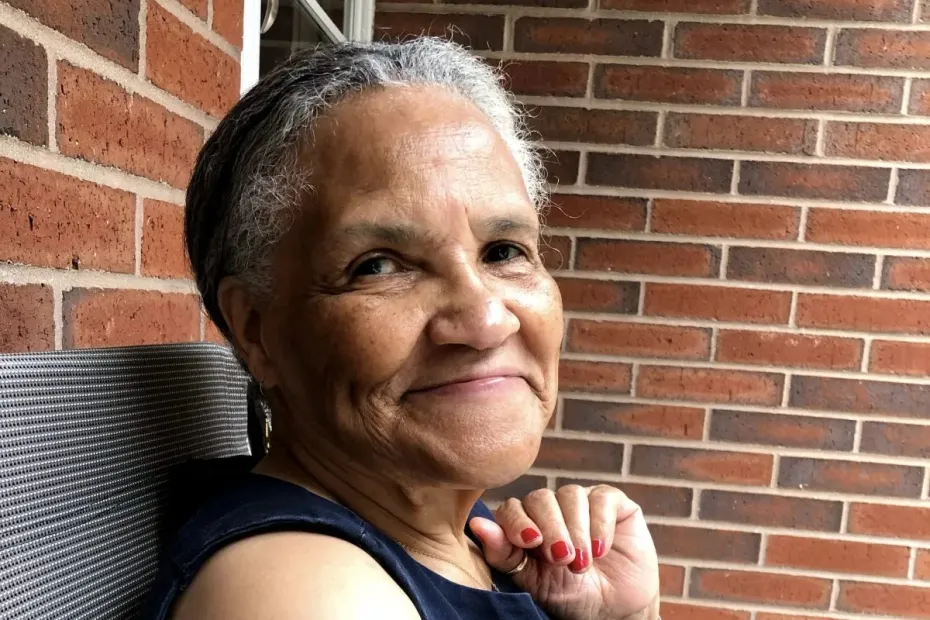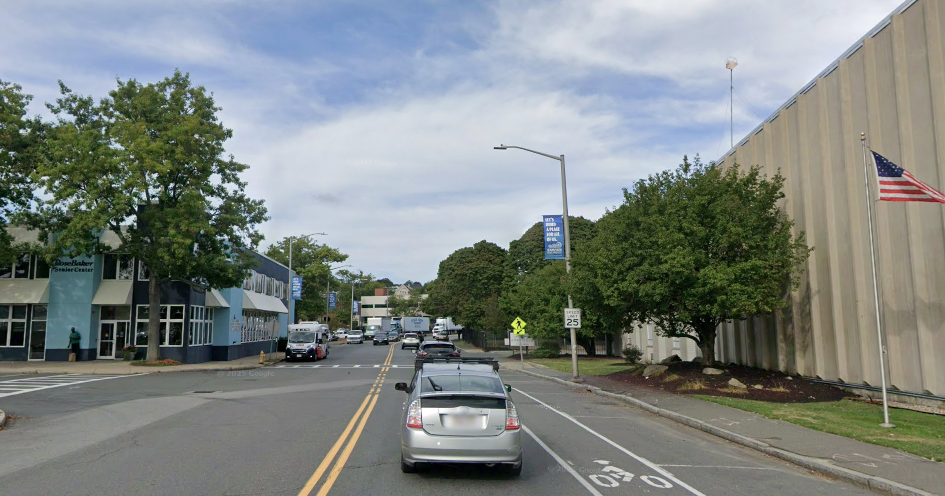A new long-range plan for the Massachusetts Department of Transportation (MassDOT) acknowledges that the agency has serious problems with safety, traffic congestion, limited access to public transit, and pollution from its roadways.
But the long-range plan also has a glaring omission: a credible plan to actually solve any of those problems.
"They’re talking about the right things – about safety, reliability, connectivity. You can tell they did a lot of public engagement, and people are concerned about these things," says Seth Gadbois, an attorney with the Conservation Law Foundation (editor's note: the Conservation Law Foundation is the fiscal sponsor of StreetsblogMASS).
"But that needs to be turned into an actionable plan, and in its current form, that’s not what we have," continued Gadbois.
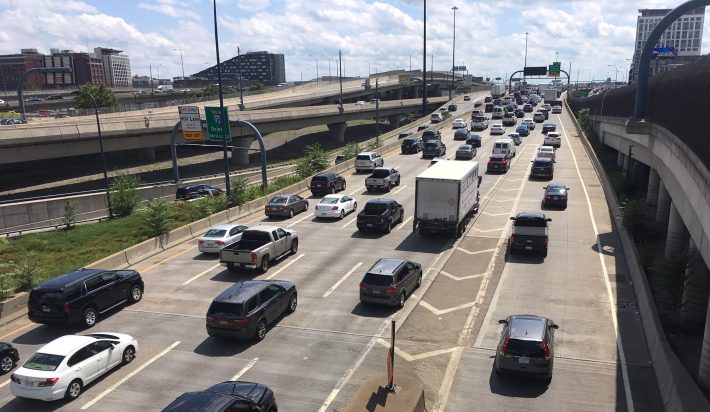
'Beyond Mobility'
Under federal law, every state's department of transportation must adopt a long-range transportation plan to guide transportation investments, and describe how those investments will support the state’s economic development and sustainability goals, over a planning horizon of 20 years or more.
MassDOT has been working on this latest iteration of its long-range plan since 2022, under the administration of former Governor Charlie Baker.
The document is titled "Beyond Mobility," which, according to its authors, "refers to the idea that good transportation planning is about more than just moving vehicles for the sake of moving vehicles; it is about connecting people to opportunities and the places they care about and need to go."
"Beyond Mobility focuses on moving beyond the traditional ways transportation has been evaluated and toward centering people and outcomes," according to the introduction in the plan's rough draft, which MassDOT released in March.
The plan is roughly structured around six problem statements, related to the existing transportation system's issues with safety, connectivity, travel experience, reliability, pollution impacts, and reliability.
Each of those issues comes with accompanying "vision statements" and more detailed action plans of how the agency intends to address these problems in the decades to come.
Blurry visions
The 2050 planning horizon in the Beyond Mobility plan happens to coincide with the legal mandate that Massachusetts will end most fossil fuel consumption by 2050.
But the current draft of Beyond Mobility pointedly dodges any mention of that law and its requirements.
Gadbois, of the Conservation Law Foundation, points out that under state law, the same MassDOT office in charge of writing the Beyond Mobility plan is also "responsible for research and planning in support of the implementation of chapter 21N (the state's climate law)."
But instead of stating plainly MassDOT's responsibility to eliminate motor vehicle tailpipe pollution by 2050, the Beyond Mobility plan offers this "vision statement" for clean transportation in 2050:
"By 2050, MassDOT will have made significant progress in electrifying public transit and investing in other low or no-emission technology, strategically leveraged assets to address critical electric vehicle charging infrastructure gaps, and made investments in infrastructure and initiatives to promote significantly more trips using carbon-free modes such as walking and bicycling."
Beyond Mobility
Similarly, the plan's "action items" chapter avoids saying anything about making efforts to reduce motor vehicle traffic, which is by far the state's biggest – and fastest-growing – source of greenhouse gas pollution.
Other sections of the plan employ similar syntactical dodges to avoid talking about the state's traffic problems.
For instance, instead of simply stating that Massachusetts should have zero deaths and serious injuries from traffic crashes by 2050, the plan's "safety" vision statement adds multiple qualifiers to distance MassDOT from that goal.
The Beyond Mobility draft instead promises that, 25 years from now, it will have made "significant progress toward advancing a future without transportation-related serious injuries and fatalities."
Advocates want specificity, accountability
Earlier this month, advocates from TransitMatters and the Conservation Law Foundation launched an action alert to ask their stakeholders weigh in on the draft plan.
The two organizations want the final draft of the Beyond Mobility plan to "set a bolder vision, commit to real targets, and paint a clearer picture of the future."
"MassDOT should be applauded for how extensive the public engagement was, but what was delivered is full of bureaucratic ways to avoid accountability and avoiding stating plainly how MassDOT will make people's lives better," says Jarred Johnson, executive director of TransitMatters.
One of the most specific goals that advocates would like MassDOT to make a commitment to reduce traffic, as measured by "vehicle miles traveled" (VMT) in private vehicles.
TransitMatters and CLF are asking the state to adopt a goal to "reduce VMT by at least 25 percent by 2030 and 50 percent by 2050, and better collaborate with partner agencies on land use and decarbonization."
Pursuing that goal in earnest would likely require the state to commit to a considerable expansion in public transit, and more housing development in transit-accessible neighborhoods.
Currently, the state's most ambitious plans to improve transit service and reduce traffic – like the MBTA's regional rail initiative, or the planned expansion of bus service with expanded, electrified bus garage facilities – remain unfunded and in limbo, even as politicians and MassDOT officials make huge financial commitments to buying multi-billion dollar highway projects.
Advocates believe that firmer, measurable commitments to reducing VMT and traffic deaths could help encourage policymakers to shift investments towards infrastructure projects that will actually solve these problems, instead of perpetuating them.
"Ultimately, public transit is underfunded and has a limited reach in the state because MassDOT has not been able make a convincing case about how public transit, and even walking and cycling, can have a meaningful role in our transportation future," says Johnson.
MassDOT is soliciting public comments on its Beyond Mobility plan until May 31. Read the draft plan here and submit comments through MassDOT's online survey.
Read the TransitMatters/CLF action alert for the Beyond Mobility plan here.
Editor's note: The Conservation Law Foundation (CLF) is the fiscal sponsor of StreetsblogMASS, which means it administers our payroll, employee benefits, and finances. CLF does not have any role in governance or editorial decisions.
